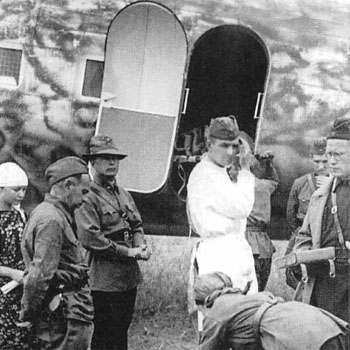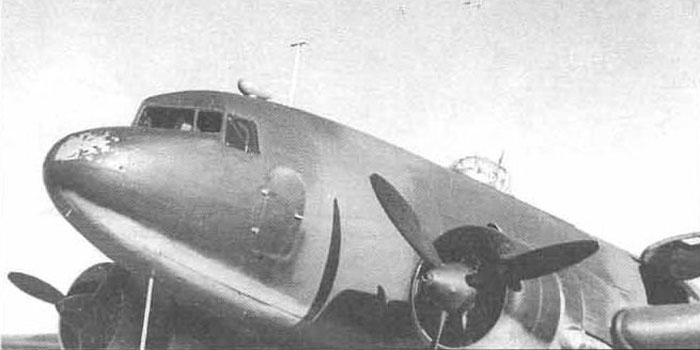After the great success of their innovative airliner DC-2 of 1934, Douglas developed a larger, improved 14-bed sleeper version called DST; after this beginning, it was built a derivative equipped with seats as normal airliner, named DC-3.
This was a twin-engined metal monoplane of particularly modern conception, well performing, reliable and comfortable.
It had a cruise speed of 333 km/h, a capacity of 21 to 32 passengers or 2,700 kg of cargo, and a range of 2,400 km, and could operate from short runways.
The DC-3 (early production type) was engined by two Wright R-1820 Cyclone single row 9 cylinders engines with an output of 1000 hp, distinguishable for a short cowling.
Image from Profiles n.096 - The Douglas DC-3
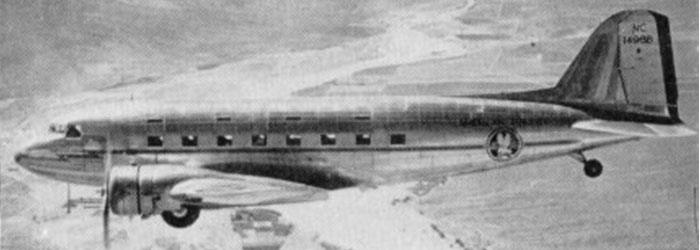
The DC-3A and the most part of later modifications were engined with two Pratt & Whitney R-1830-92 Twin Wasp two rows engines with 14 cylinders with an output of 1200 hp, distinguishable for a longer cowling, as that of military versions C-47 and 53.
Image from Profiles n.096 - The Douglas DC-3

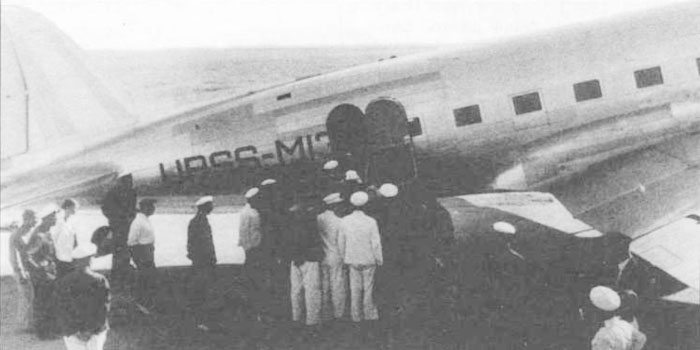
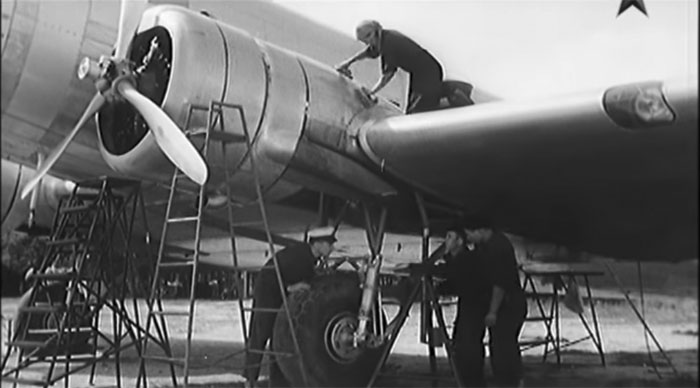
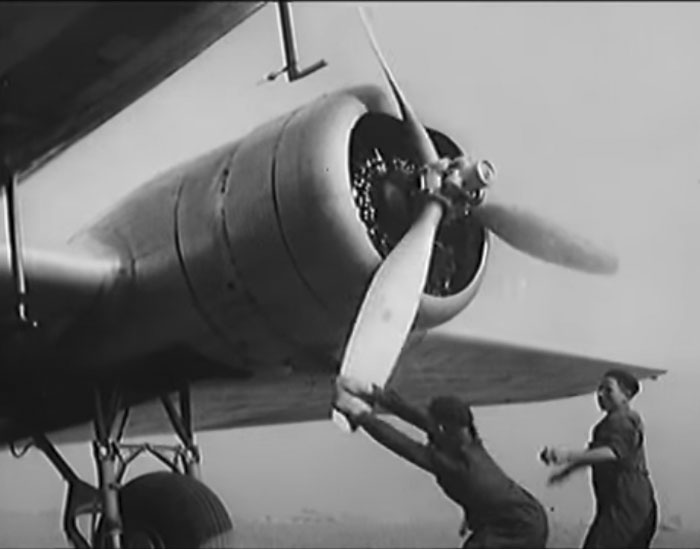
 Drawing by Tapani Tuomanen
Drawing by Tapani Tuomanen
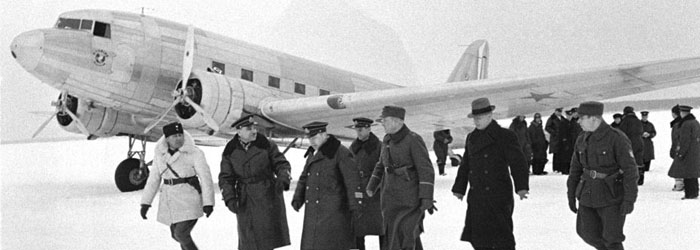
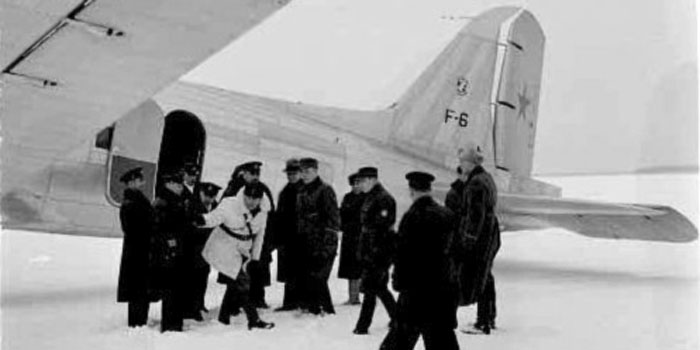

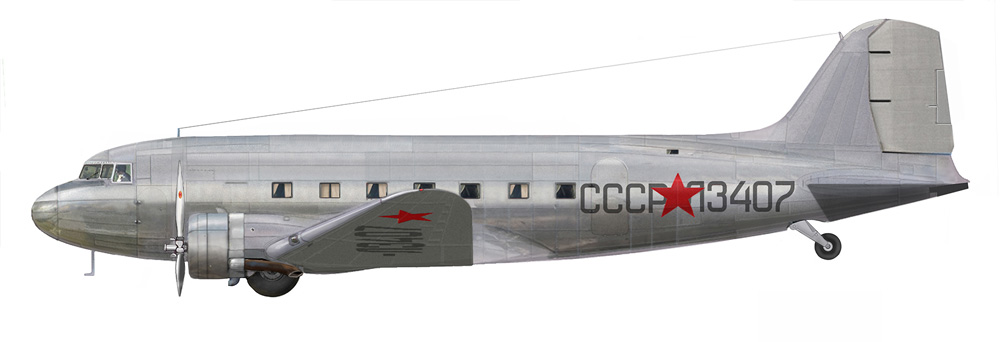 Drawing by Tapani Tuomanen
Drawing by Tapani Tuomanen
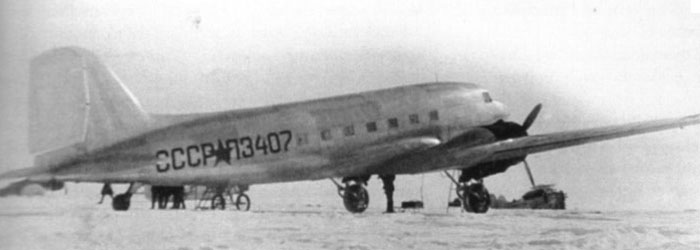
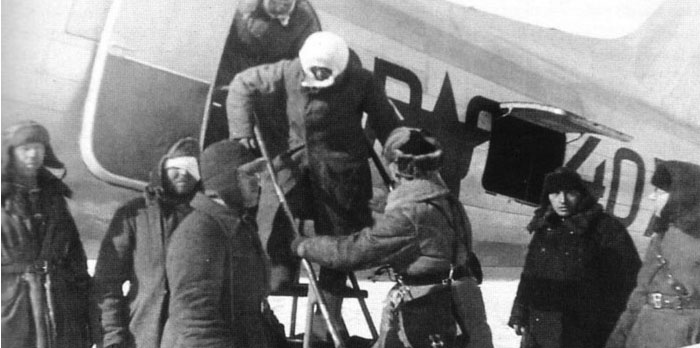

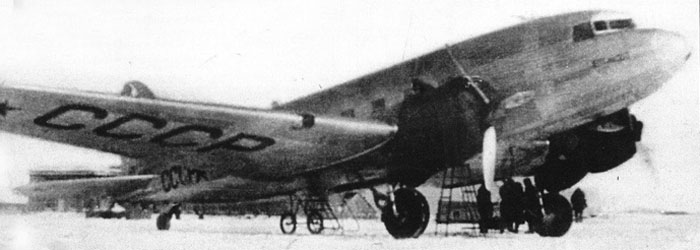
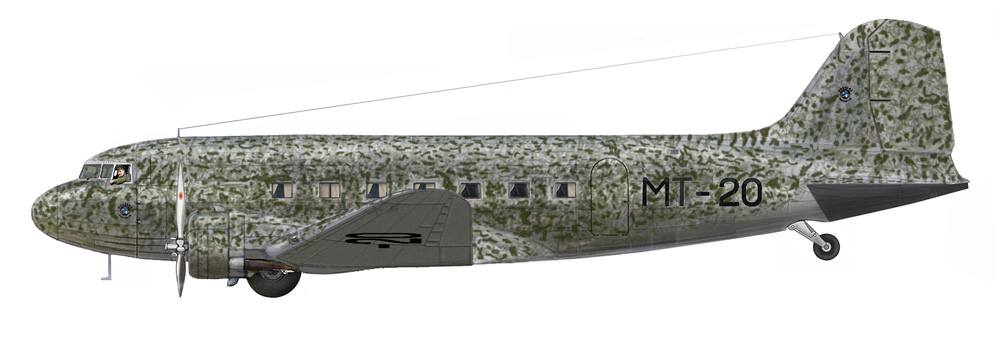 Drawing
by Tapani Tuomanen
Drawing
by Tapani Tuomanen 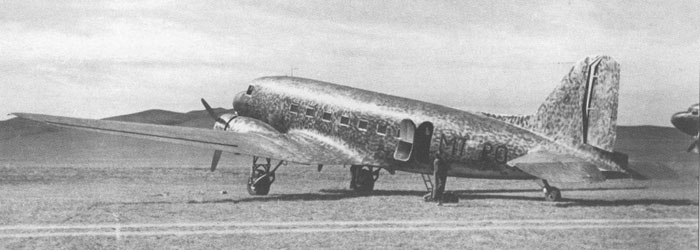
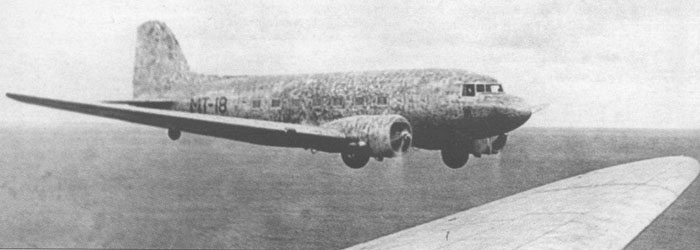

 Drawing by Tapani
Tuomanen
Drawing by Tapani
Tuomanen 
